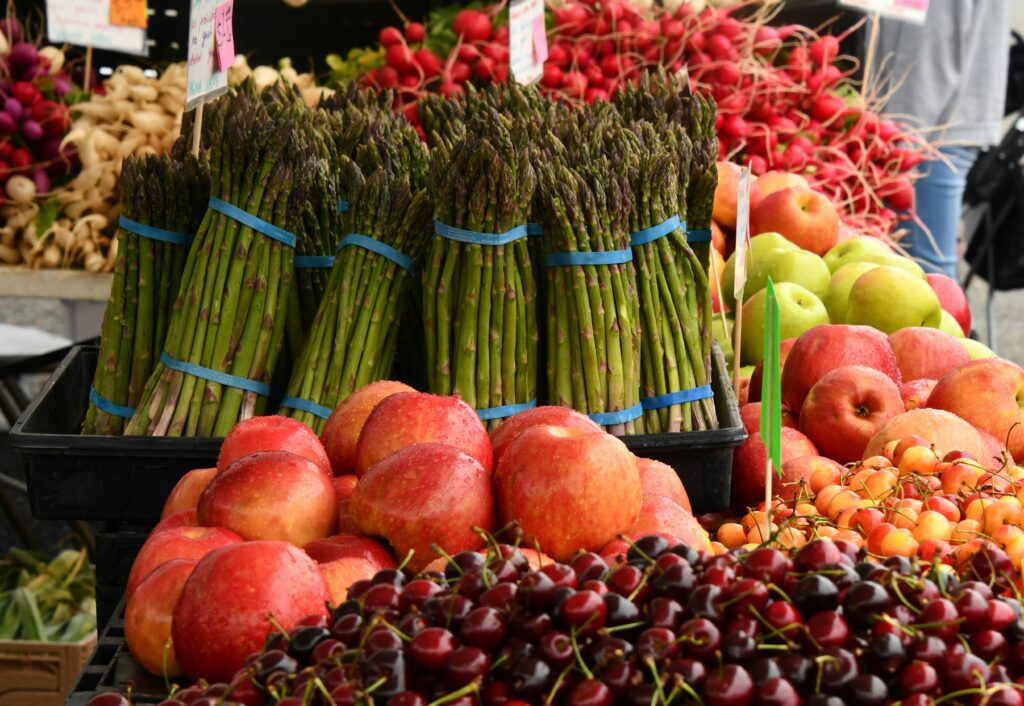Fun facts about cheese always age well. Sure, some may stink — especially those about the French Epoisse de Bourgogne — but they’re always as interesting, quirky, or spreadable with friends as the cheese itself.
Here are 11 little known Swiss cheese facts about the king of Switzerland Swiss cheeses, the Emmental.
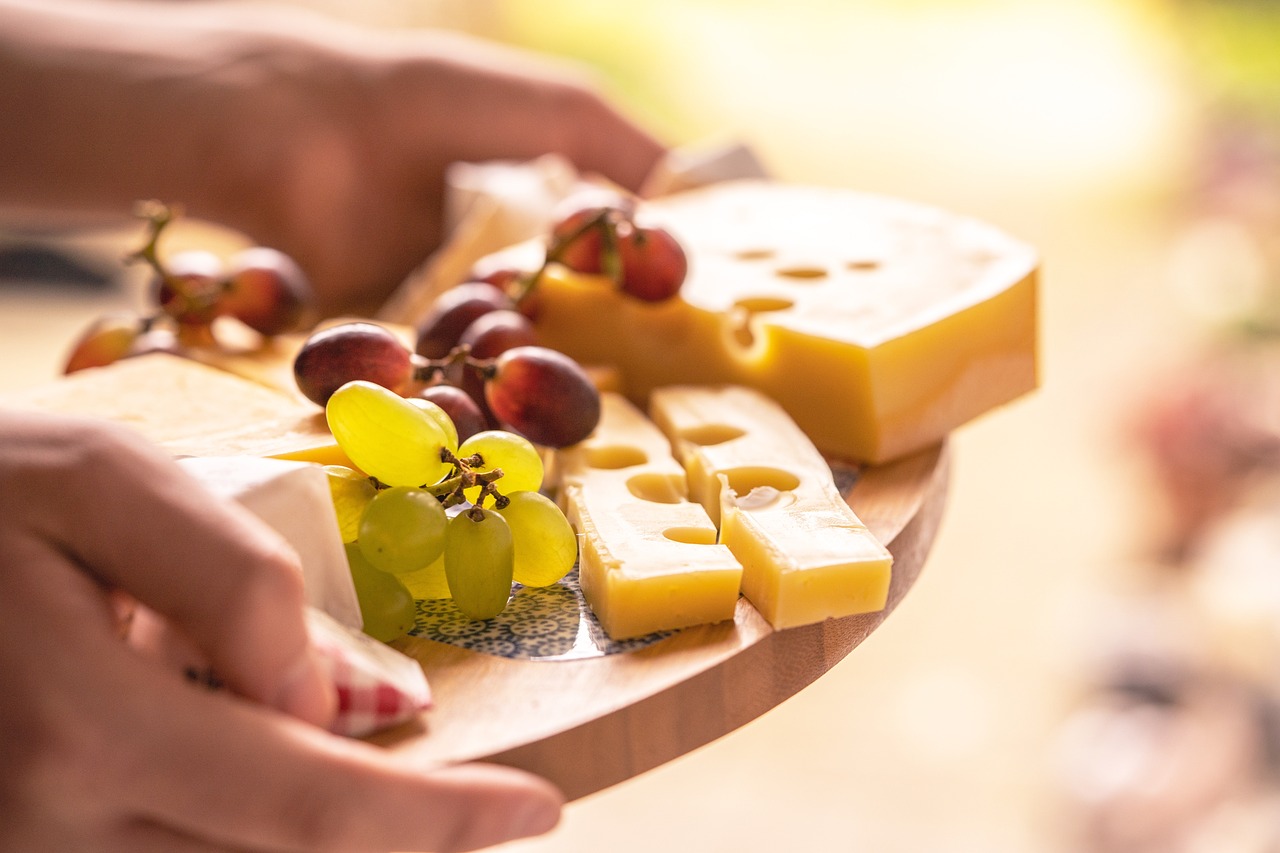
1. Music changes the aroma and taste of Emmental cheese
Think twice about bringing your wheel of cheese to Glasto. A study in 2018 sought to answer a question few likely asked: what happens when you subject Emmental cheese to six-months of non-stop music?
A lot, actually.
Researchers took nine wheels of cheese and subjected them to specific soundwaves, such as Led Zeppelin’s Stairway to Heaven and Mozart’s The Magic Flute. One song for each of five wheels, with one wheel sitting in silence and another three getting high, medium, and low frequency tone exposure.
The result: Musical cheese had a much milder taste than silent cheeses and the cheese exposed to A Tribe Called Quest’s Jazz (We’ve Got) had a notably funkier taste.
Why they didn’t allocate a grunge wheel to Nirvana’s Big Cheese, we’ll never know.
2. Emmental cheese has been called the best in the world
Founded in 1957 by the Wisconsin Cheese Makers Association, the World Championship Cheese Contest has judged yogurts, cheeses, and butters from around the world. In 2014, Emmentaler AOC took home the title of World Champion.
Made by Gerard Sinnesberger at Kaserei Sinnesberger in Gams, this Swiss cheese received a score of 97.85 out of 100, narrowly beating out an Austrian Erzherzog Johann and a Swiss Le Gruyere AOP from nearby Orsonnens.
If you’re interested in sampling underrated cheeses from Europe’s smallest countries, spend your free time in the cheese shops during Insight Vacations’ Country Roads of Belgium, Luxembourg & The Netherlands tour.
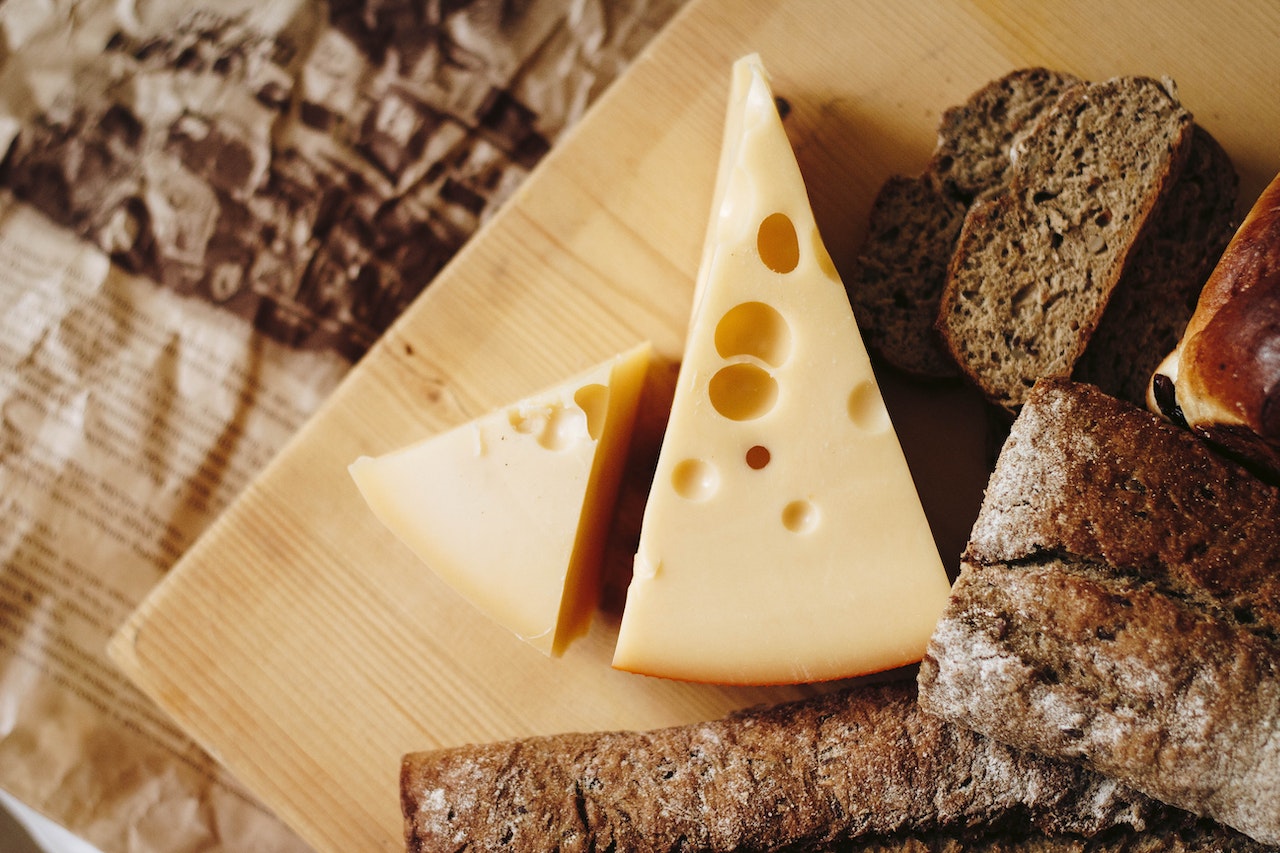
3. But it’s not the most popular Swiss cheese in Switzerland
Switzerland Swiss cheese is obviously popular within its home country, but while Emmental cheese is one of the most coveted varieties around the world, the locals roll with a different wheel.
Gruyère gets the top spot.
There are no scandalous Swiss cheese facts to support this either; just the simple logic of supply and demand. Though both use similar processes, Emmental cheese is only that which comes from the canton of Bern. Gruyère is also produced in Bern, as well as the Fribourg, Vaud, Neuchâtel, and Jura cantons. More producers and more availability equals more popularity as far as the Swiss are concerned.
4. Brown Swiss dairy cows are ideal for milk production
Of the many cow breeds around the world, Brown Swiss cows take home the gold medal.
This breed can pump out nearly 10,000 liters of milk during a single lactation period. While that may be enough to fill a swimming pool-sized bowl of cereal, it’s honestly not a lot in cheesemaking terms.
A wheel of Emmentaler AOP cheese, for instance, requires 1,200 liters to produce 100kg of cheese. That’s less than 10 cheese wheels from a single cow’s lactation cycle.
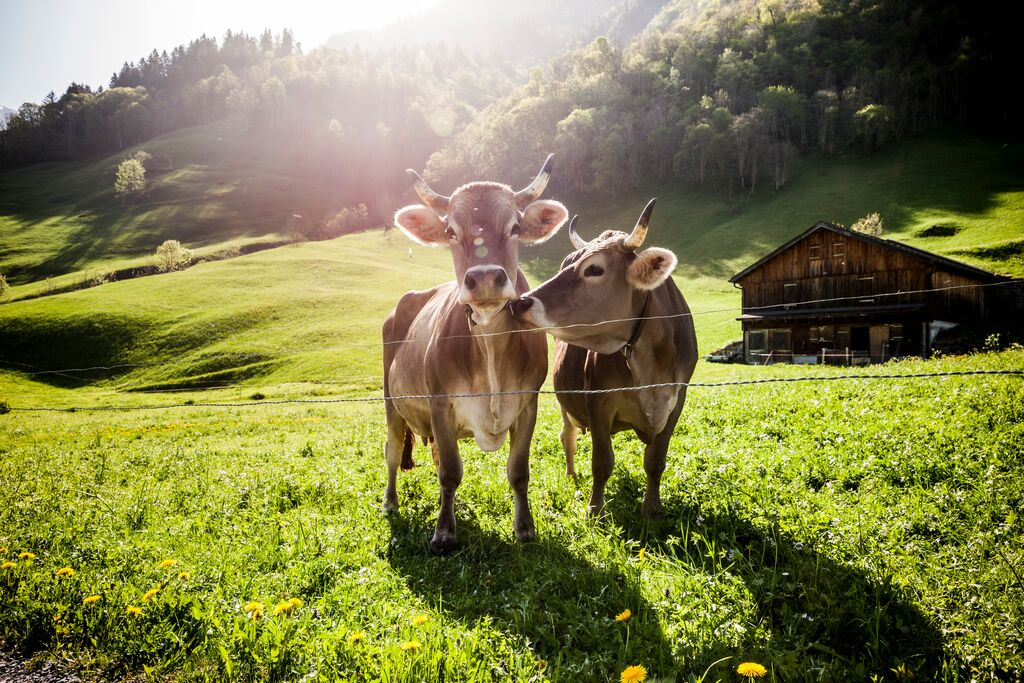
5. Don’t expect to find Emmental goat or sheep’s cheese
Cheese can be produced from the milk of moose, camels, yaks, donkeys, and a host of other milk-producing mammals.
What a time to be alive.
So you’d think that Swiss dairy farmers would exploit the popularity of Swiss cheese by whipping up wheels of any type of cheese that they could. Not so fast.
Cows are queens in this part of the world. Though many working dairy farms have goats and sheep, they don’t use them for milk. Instead, because so many farmers raise dairy cows specifically for milk, not meat, the goats and sheep are reserved for other uses.
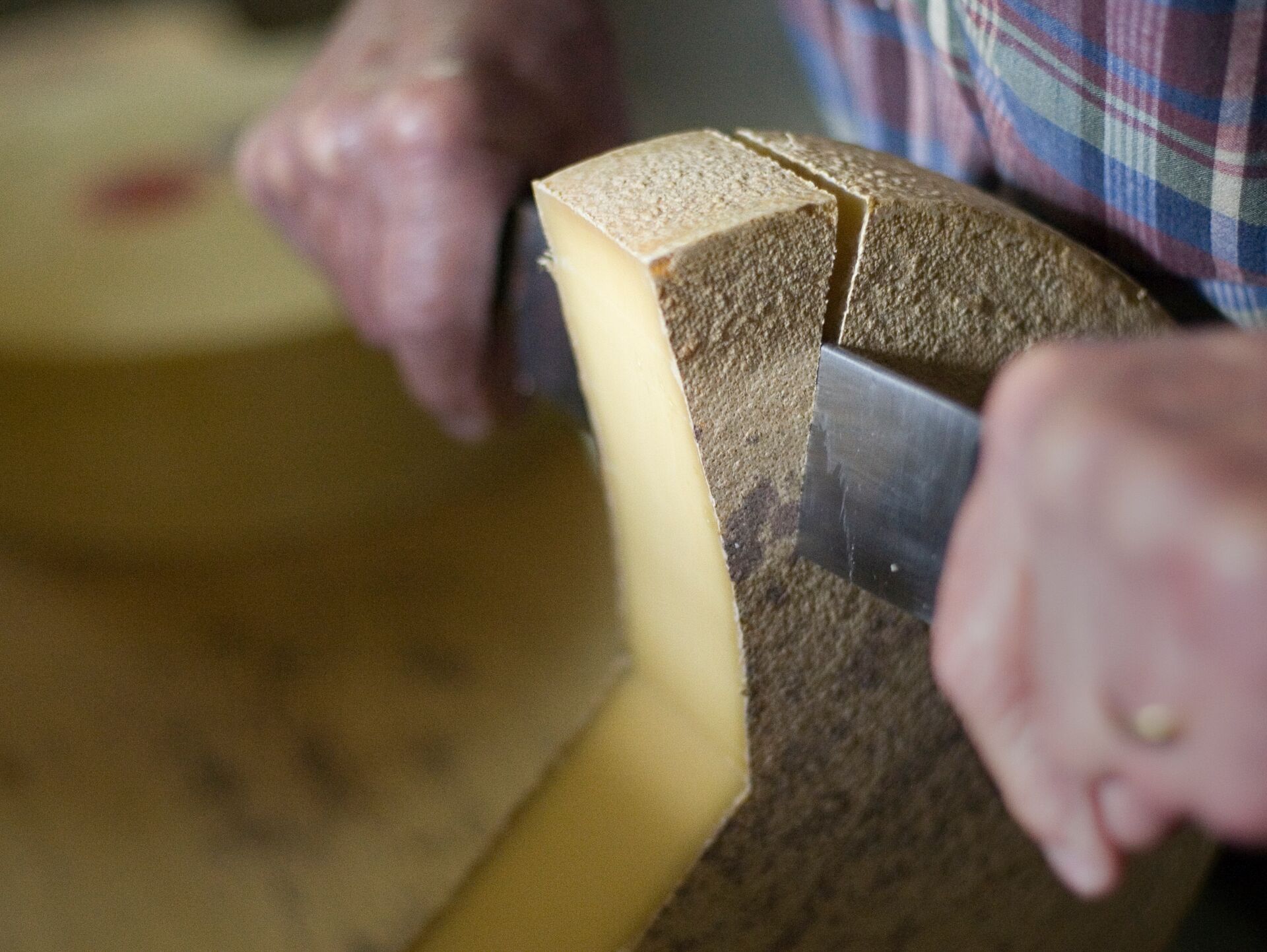
6. That Swiss cheese in your refrigerator isn’t exactly “Swiss”
In many parts of the world, a cheese with holes in it is referred to as Swiss.
Even though it’s not produced in Switzerland.
Or even made from Brown Swiss cows.
And even if you purchase, say, a “Swiss” cheese produced by Brown Swiss cows in Wisconsin, it will never be a true Emmental due to the specific cheesemaking processes required to officially call it Emmentaler.
This fun fact about cheese may not pop up on your pub quiz, but for the discerning foodie, it’s good to know what exactly you’re filling your charcuterie board with. Calling any “Swiss” cheese an Emmentaler or similar Alpine cheese is like calling a sparkling wine Champagne despite it not originating from France’s Champagne region.
Wine with your cheese: Our insightful wine pairing guide for beginners
Speaking of delightful French wines, take 8 days to truly sip and savor France’s varietals on Insight Vacations’ Normandy, Brittany & The Loire Valley tour.
7. Just over 100 villages produce Emmental cheese
Emmental cheese is renowned thanks to its strict production procedures. To earn an AOP Appellation d’Origine Protégée (AOP), aka “Protected Designation of Origin”, and be officially Emmentaler, the cows must only eat grass and hay, the cheese must not have additives or genetically modified ingredients, and must be produced in the canton of Bern.
This limits Emmental cheese making to roughly 110 villages. Considering that there are 450 different varieties of Swiss cheese produced throughout the country, many of which can be produced on any farm, it lends that much more credibility to Emmental’s rule as the king of Swiss cheeses.
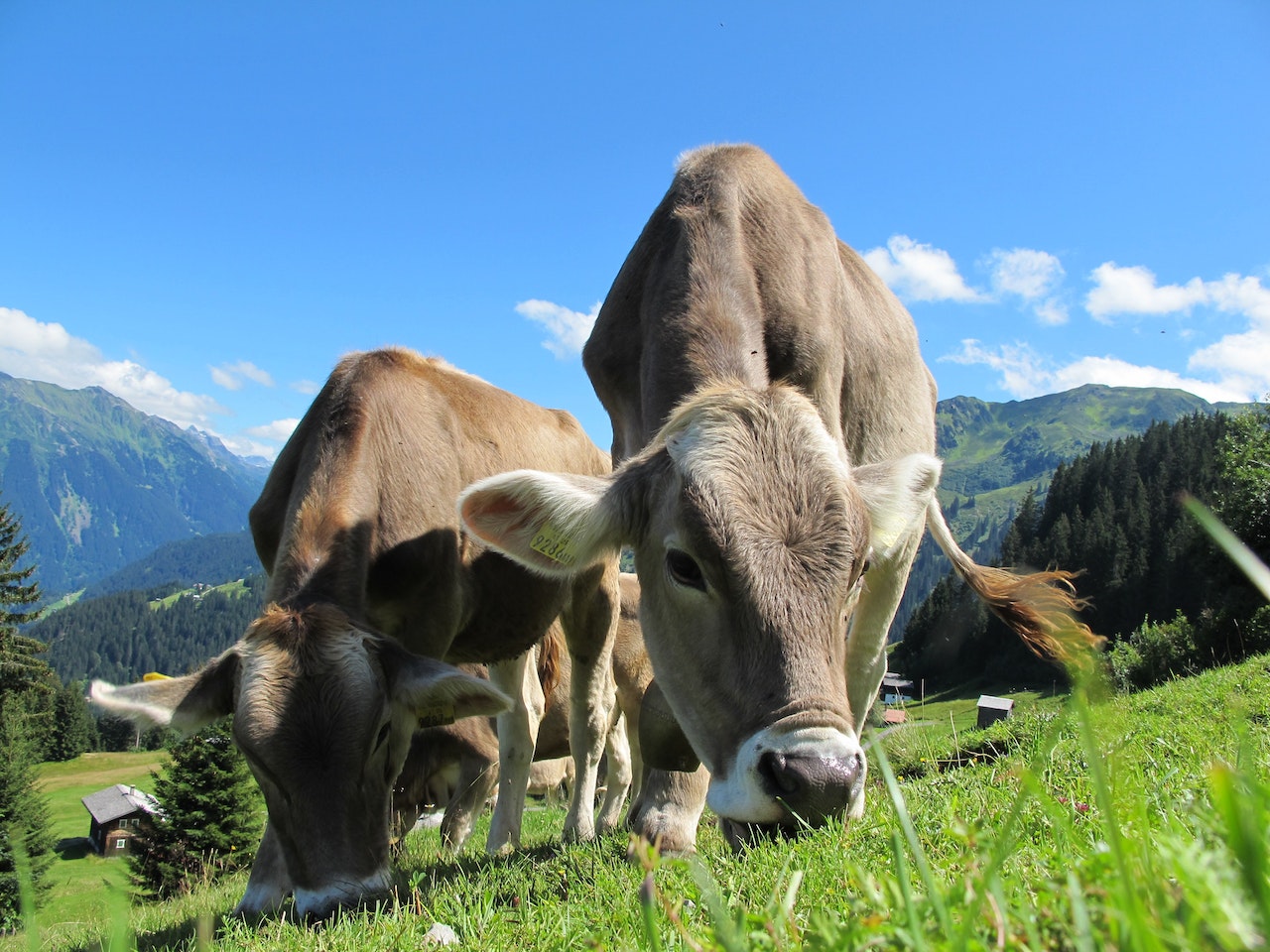
8. You can eat your Alpine cheese at high altitudes
You won’t make it far across Switzerland’s borders without running into a restaurant or shop selling Emmental cheese.
In fact, you won’t make it far above Switzerland’s borders without finding it, either.
One of the highest places you can enjoy Emmentaler cheese in Switzerland is at Restaurant Piz Gloria. It’s the first revolving restaurant in the Bernese Alps, sitting atop a 2970m peak. You’ll gaze at mountain views from your table and the outdoor viewing deck, all while munching on a meat and cheese platter featuring the famous Emmental.
For a slightly lower taste of fromage, climb into the Aescher Gasthaus am Berg: a 19th century inn at 1454m high.
You may like: 7 fascinating facts about Switzerland’s world famous Glacier Express
9. You can sleep in an Emmental show dairy
The Emmentaler Schaukäserei is an Emmental show dairy that serves up loads of fun tourist attractions. You can make your own cheese in a 300-year-old Stöckli and have it sent home. You can take guided tours of the dairy farm, learn how to make cream cheese, or simply nibble on cheeses in the restaurant before picking up souvenirs from the shop.
The coolest part of the experience by far is the Living Barrel. Fall asleep in a larger-than-life barrel, watching cows graze under the starlight, then receive a steamy latte in the morning with a cheesy foam on top.
10. There’s an annual cheese festival in the canton of Bern
11. Emmental might be aged but it’s not old
Emmental may be the quintessential Switzerland Swiss cheese, but it’s relatively new in the world of cheese. Historical records show that the process of Emmental cheese making dates back to the 13th century.
But the act of cheesemaking in Switzerland? That goes back to the Iron Age.
Archaeological evidence suggests that some prehistoric people in the Swiss Alps made cheese, which is fascinating considering that the history of other cheese making, such as Gruyere cheese, only goes as far back as the 1100s.
You’re invited to eat your way through Switzerland’s Emmental and other cheese varieties during Insight Vacations’ Country Roads of Switzerland tour. Spend 14 days visiting 19 cities, including Emmental’s home canton of Bern, as you discover the other farm fresh goodies throughout the Swiss Alps.



